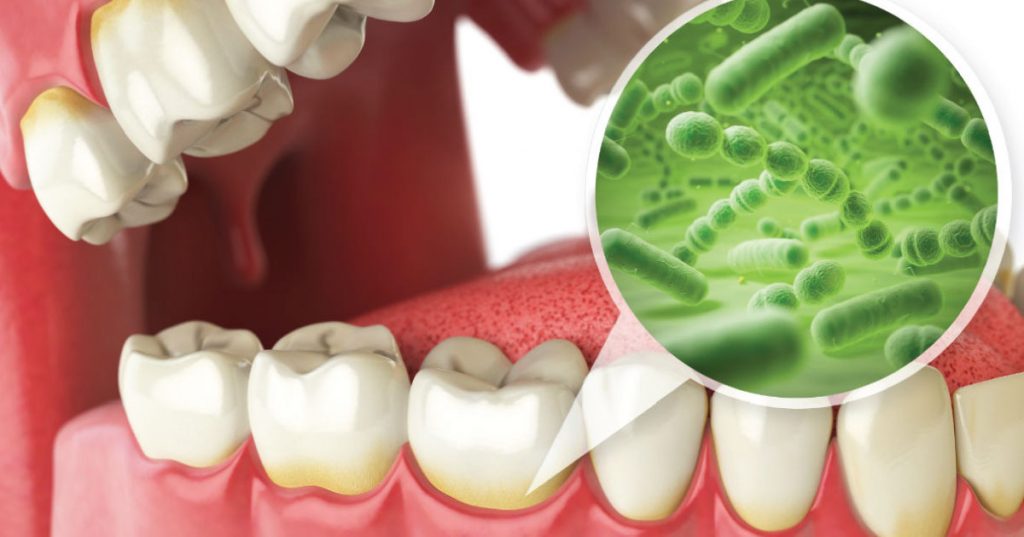According to the Centers of Disease Control and Prevention (CDC), antibiotic resistance is one of the most serious health threats around the world. Antibiotic resistance is defined as the ability of a bacteria to resist the effects of an antibiotic. It occurs when bacteria adapt themselves in a way that enables them to withstand the effects of an antibiotic. This reduces the effectiveness of the antibiotic and makes it harder to cure or prevent infections.
Why We Should Be Worried
As mentioned earlier, bacterial resistance is one of the world’s most pressing public health problems. According to the OSAP (Organization for Safety, Asepsis and Prevention),
- Every year, at least 2 million people are infected with antibiotic-resistant bacteria and about 23,000 succumb to the infection in the US.
- The research and development for new antibiotics has decreased.
- Dentist prescriptions account for approximately 10% of all outpatient antibiotics.
- There are not many studies or guidelines that evaluate the appropriateness of prescription of antibiotics for dental infections.
These statistics show how grave the problem of antibiotic resistance is. In addition to making illnesses harder and more expensive to treat, not enough research is conducted to introduce new antibiotics.
Metronidazole Resistance – Clinical Findings from Glasgow
Metronidazole is one of the most widely prescribed antibiotics by dentists over the world. This drug was developed in the 1950s and its link to the management of dental infections was discovered in 1962. It is used to treat a variety of infections and is effective against certain bacteria and parasites.
In an article published in the British Dental Journal, the author A. Smith, a clinical microbiologist from the University of Glasgow, talks about his experience in dealing with metronidazole resistance. His findings show that at least two infections of clinical significance were caused by metronidazole resistant bacteria in Glasgow, Scotland. These were:
- Knee joint infection with anaerobic streptococci, a bacteria also found in periodontal disease and dental abscesses.
- Bloodstream infection with a Bacteroides thetaiotaomicron.
Metronidazole resistance has also been noted in microbes commonly present in dental infections. This shows that it’s only a matter of time before metronidazole resistance is reported in oral infections. The most immediate concern, however, is the presence of specific resistance genes (nim). These genes cause the bacteria to produce an alternative set of enzymes that can render activated forms of metronidazole non-toxic. What’s more, a family of these nim genes can also spread between different bacteria classes.
How Metronidazole Resistance Can Be Prevented
As per the prescribing data by general dental practitioners in England and Scotland, about 60% and 52% of the metronidazole prescribed in primary care is for dental infections. This high use of metronidazole is unprecedented. The first line of treatment for acute dental infections should be infection source control. This can be done through surgical procedures like extractions, endodontics, incisions, drainage, etc.
In case antibiotics are required, then the first line antimicrobial agent should be penicillin or amoxicillin. Dental professionals must be more aware of the importance of antimicrobial stewardship to prevent metronidazole resistance. Antimicrobial stewardship is the use of coordinated strategies to use antimicrobial medications more effectively in order to improve patient health, reduce antibacterial resistance, and decrease unnecessary treatment costs.
- Smith recommends that dental hospitals and schools should have access to a clinical oral microbiologist to ensure antimicrobial stewardship. However, until national guidelines for treatment of dental infections and a formal antibiotic stewardship program is developed, dentists must keep certain CDC-recommended dos and don’ts in mind.
Dos:
- Prescribe antibiotics only for documented diagnosis of oral bacterial infections.
- Understand that antibiotics are not always necessary.
- Prescribe antibiotics only for infections you are trained to treat.
- Review the patient’s medical history to determine if he or she has any allergies, potential of an adverse reaction or pre-existing medical conditions that may affect the choice of antibiotic.
- Prescribe antibiotics only when there are clinical signs and symptoms of a systemic spread of bacterial infection.
- While prescribing, make sure to use narrow-spectrum antibiotics for the shortest possible duration.
- Ensure that the patient follows the dosage and takes antibiotics exactly as directed.
- Keep up to date with the appropriate management of oral infections.
Donts:
- Avoid prescribing antibiotics for viral and fungal infections or oral ulcerations related to trauma or aphthae.
- Don’t prescribe antibiotics in place of dental interventions.
- Avoid prescription of antibiotics for non-evidence based historical practices.
- Don’t write prescriptions just because of patient expectation or demand.
As dentists and healthcare providers, it is imperative to consider antibiotic resistance as a threat to patient’s well-being before prescribing an antibiotic. Combating this global problem is a long-term commitment that requires a thorough examination of your prescribing behavior for appropriateness and effectiveness.
Sources:
- Standing Medical Advisory Committee; Subgroup on Antimicrobial Resistance. (1998). The Path of Least Resistance. The Stationery Office, London, UK.
- Trinh, S., Haggoud, A. & Reysset, G. (1996). Conjugal transfer of the 5-nitroimidazole resistance plasmid pIP417 from Bacteroides vulgatus BV-17: characterization and nucleotide sequence analysis of the mobilization region. Journal of Bacteriology 178, 6671–6.
- Ankesh Shahra
- Spellberg B, Powers JH, Brass EP, Miller LG, Edwards JE. Trends in antimicrobial drug development: implications for the future. Clin Infect Dis. 2004;38(9):1279-1286.
- Hicks LA, Bartoces MG, Roberts RM, et al. US outpatient antibiotic prescribing variation according to geography, patient population, and provider specialty in 2011. Clin Infect Dis. 2015; 60(9):1308-1316.
- http://www.cdc.gov/drugresistance/pdf/ar-threats-2013-508.pdf
- https://www.cdc.gov/antibiotic-use/stewardship-report/outpatient.html
- https://www.nature.com/articles/sj.bdj.2018.221#article-info
- https://www.webmd.com/drugs/2/drug-6426/metronidazole-oral/details
- https://blogs.cdc.gov/safehealthcare/addressing-antibiotic-resistance-in-dentistry-what-can-we-do/
- https://academic.oup.com/jac/article/53/4/567/782420
- Fluent MT, Jacobsen PL, Hicks LA, Considerations for Responsible Antibiotic Use in Dentistry, Journal of the American Dental Association, Vol 147, Issue 8, Aug 2016
- This article is a summary of the findings published in the British Dental Journal by A. Smith from Glasgow Dental Hospital & School.


